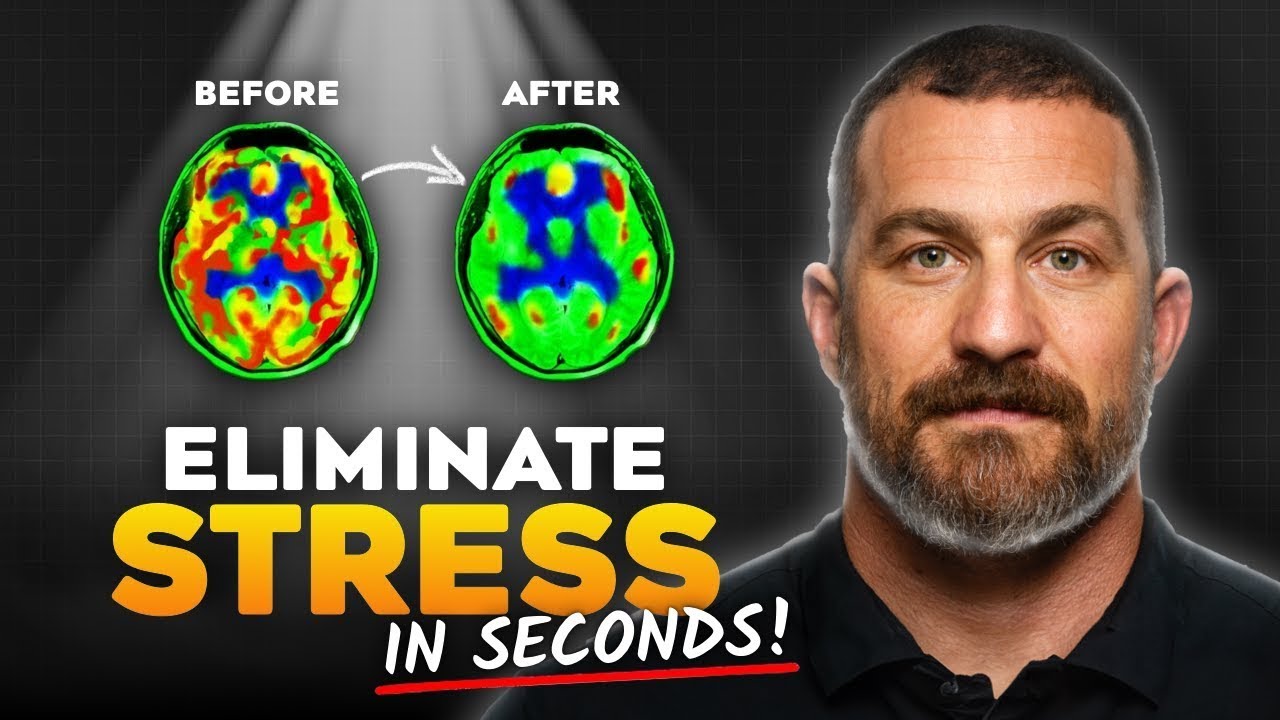In our hyper-connected world, motivation often feels like a fleeting resource. You start a fitness routine, dive into a new project, or commit to healthier eating — only to lose momentum a few weeks in. While lack of discipline is often blamed, there’s a more scientific explanation that lies deep in your brain chemistry: dopamine regulation.
Dopamine, often labeled the “feel-good” neurotransmitter, plays a crucial role in drive, reward, and goal-directed behavior. But modern technology — particularly smartphones — has radically changed how our brain experiences pleasure and reward. If you’re struggling with focus, exercise consistency, or even enjoying the things you used to love, dopamine dysregulation might be the culprit.
Let’s break down how dopamine works, how modern life disrupts its natural rhythm, and what you can do to reclaim lasting motivation and mental clarity.

What Is Dopamine and Why Does It Matter?
Dopamine is a neurotransmitter that governs motivation, anticipation, and pleasure. It spikes when we anticipate a reward — whether it’s a nutritious meal, a workout session, or checking our phones. This reward-seeking behavior is essential for survival, but the modern environment floods us with dopamine triggers that our brains weren’t designed to handle.
Unlike serotonin, which stabilizes mood, dopamine’s job is to get you to take action — to chase, pursue, strive. That’s why it’s so deeply tied to productivity, habit formation, and consistency in achieving health and fitness goals.
The Problem with Constant Dopamine Stimulation
Smartphones are perhaps the most potent — and insidious — dopamine machines in our daily lives. Every ping, scroll, or notification can lead to a small dopamine spike. Over time, these frequent micro-hits create a “dopamine reward prediction error,” meaning your brain starts to expect a reward every time you engage with certain stimuli.
This constant stimulation disrupts the brain’s dopamine baseline. When that baseline drops, activities that once felt fulfilling — like exercising, cooking a healthy meal, or spending time with loved ones — begin to feel dull or unmotivating unless paired with additional stimulation.
It’s not just about distraction; it’s about layering dopamine sources in ways that create dependency. And over time, more stimulation is required just to feel normal.
How Dopamine Layering Reduces Motivation
Take a common example: working out while drinking a caffeinated pre-workout, blasting music, texting friends, and checking social media between sets. While each element may be enjoyable, the combination creates an intense dopamine spike.
The result? Your brain begins to associate exercise only with these compounded stimuli. Remove just one — say, no music or no pre-workout — and suddenly, the workout feels bland. Over time, motivation fades unless the full sensory “package” is present.
This is similar to how gambling operates. Slot machines use unpredictable reward schedules to create compulsion — sometimes you win big, sometimes not at all — and your brain stays hooked on the potential reward. Smartphones operate in a nearly identical way, keeping you checking, scrolling, and swiping for the next dopamine hit.
The Secret to Sustainable Motivation: Intermittent Dopamine Release
Here’s the key: To stay motivated over the long term — whether in school, work, fitness, or relationships — you need to protect your dopamine baseline. That means avoiding constant high-intensity peaks and practicing intermittent dopamine release.
This doesn’t mean removing pleasure or excitement from your life. It means intentionally separating enjoyable activities from excessive external stimulation so your brain can reset, rebuild sensitivity to dopamine, and experience natural pleasure again.

Practical Ways to Reset Your Dopamine Baseline
1. Decouple Stimulation From Habits You Want to Enjoy
If you want to enjoy working out again, stop layering external rewards every time. Try exercising without music or your phone occasionally. Train your brain to find satisfaction in the workout itself.
Expert tip: Leave your phone in your gym bag. Focus on your breathing, movement, and muscle engagement. You’ll be surprised how fulfilling the experience becomes over time.
2. Take Dopamine “Fast” Breaks
A dopamine fast isn’t about eliminating pleasure — it’s about taking short breaks from overstimulating habits like scrolling social media or binge-watching. A 24-hour break from screens can help reset your sensitivity.
Nutrition insight: Pair dopamine fasts with whole foods rich in tyrosine — like eggs, fish, and lentils — which support natural dopamine production.
3. Vary Your Reward Schedule
The most effective motivation comes from unpredictability. Sometimes reward yourself after a workout with a smoothie or favorite podcast — other times, don’t. This varied schedule mirrors what behavioral scientists call variable reinforcement, keeping your brain engaged without overwhelming it.
4. Do Things Alone—Without Devices
Walking, eating, or exercising alone without your phone might feel uncomfortable at first, but it can train your brain to find joy in simplicity again.
Healthy habit tip: Try a mindful walk in nature without headphones. Just listen to the sounds around you. It may feel strange at first — but over time, it helps reset your brain’s craving for constant stimulation.
Why This Matters for Long-Term Health and Well-Being
Many people unknowingly sabotage their motivation by constantly chasing high-dopamine experiences. This applies across the board — from meal planning and cooking, to staying consistent at the gym, to building meaningful relationships.
If you’re using dopamine-enhancing tools (like energy drinks, music, or multitasking) every time you engage in something meaningful, you’re creating a fragile system. Once the stimulus is removed, your motivation collapses.
Instead, aim to balance pleasure and discipline. Let yourself enjoy the occasional dopamine peak — but keep it special. Let your workouts be just workouts. Let your meals be savored in silence once in a while. Rebuild your brain’s baseline, and you’ll find long-lasting satisfaction and drive.

Final Thoughts: Build a Healthier Dopamine Lifestyle
Understanding dopamine is more than a neuroscience curiosity — it’s a roadmap for building sustainable motivation and healthier habits. Whether you’re pursuing weight loss, strength building, or better mental focus, maintaining a healthy dopamine balance is essential.
If you’ve felt burned out or disconnected from activities that used to bring you joy, the issue may not be you — it may be your overstimulated brain. The solution lies in gently recalibrating your relationship with dopamine: reduce excess stimulation, embrace simplicity, and rediscover pleasure in the basics.
Ready to take the next step toward a healthier lifestyle? Explore more science-backed insights, or schedule a personal consultation to design a nutrition and wellness routine that fits your unique brain and body chemistry.



